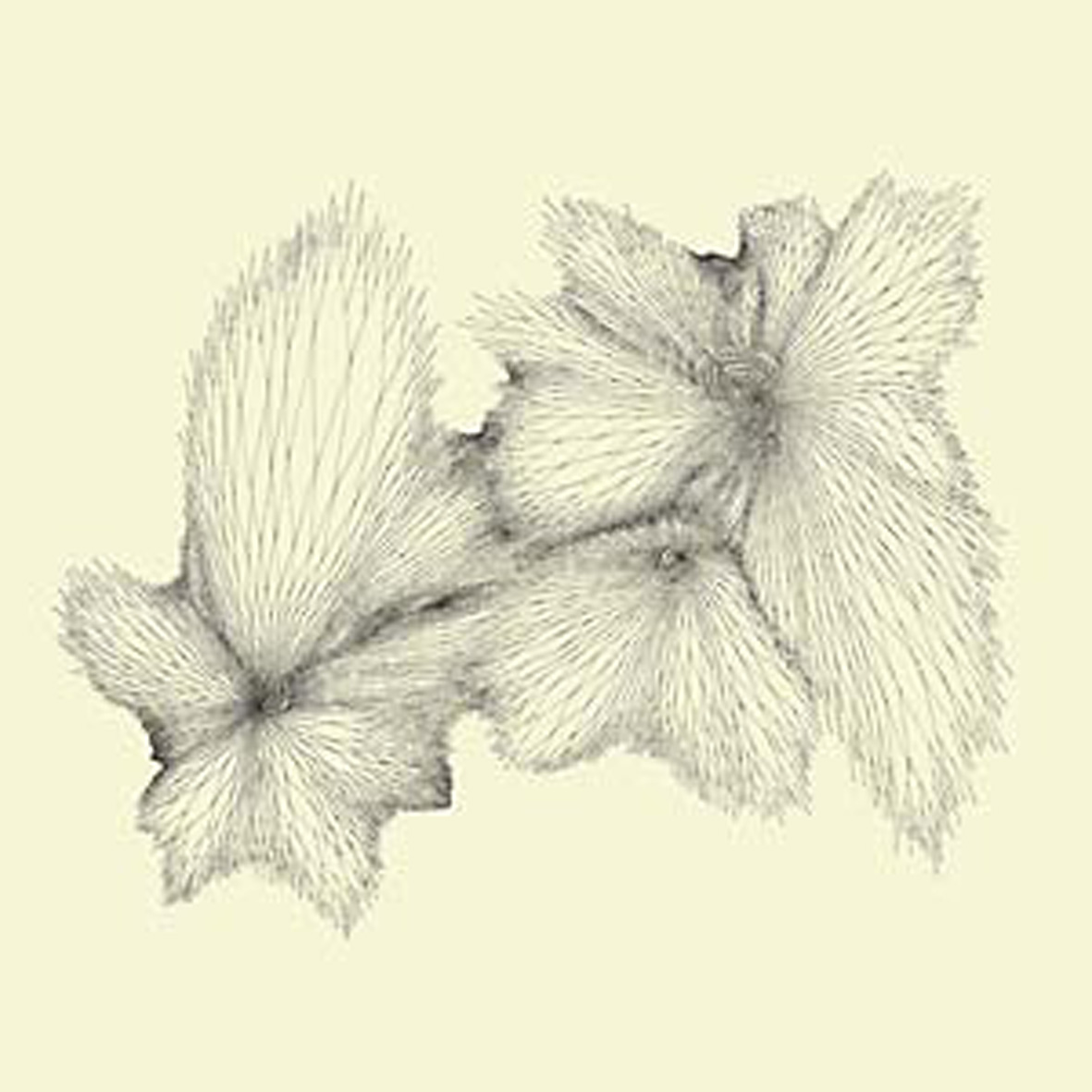Eyvind Kang, "Plainlight"
 Back in 2001, Eyvind Kang recorded an absolutely wonderful album on Sun City Girls' Abduction imprint (Live Low To The Earth In The Iron Age), which I naturally missed because everything related to Sun City Girls was maddeningly difficult to find in those days. Also, I was not at all familiar with Kang back then, though he has long since become a reliably ubiquitous presence in the experimental music scene. Sadly, Live Low is still woefully out-of-print, but Kang has finally recorded its follow-up anyway. Plainlight is quite a bit different from the drone- and shoegaze-influenced post-rock of its predecessor though, as the only real consistent thread between the two is a vague aesthetic of rustic psychedelia. Instead, the two albums feel like very different stages of the same long journey, which is a large part of why Plainlight took so long to appear: Kang did not want to repeat himself and patiently waited until the next stage of this project's natural evolution finally revealed itself. If Live Low To The Earth can be said to resemble a slow, subtly hallucinatory journey across a vast, open plain, the more structured and ritualistic Plainlight is a glimpse inside an ancient and remote temple nestled in the mountains.
Back in 2001, Eyvind Kang recorded an absolutely wonderful album on Sun City Girls' Abduction imprint (Live Low To The Earth In The Iron Age), which I naturally missed because everything related to Sun City Girls was maddeningly difficult to find in those days. Also, I was not at all familiar with Kang back then, though he has long since become a reliably ubiquitous presence in the experimental music scene. Sadly, Live Low is still woefully out-of-print, but Kang has finally recorded its follow-up anyway. Plainlight is quite a bit different from the drone- and shoegaze-influenced post-rock of its predecessor though, as the only real consistent thread between the two is a vague aesthetic of rustic psychedelia. Instead, the two albums feel like very different stages of the same long journey, which is a large part of why Plainlight took so long to appear: Kang did not want to repeat himself and patiently waited until the next stage of this project's natural evolution finally revealed itself. If Live Low To The Earth can be said to resemble a slow, subtly hallucinatory journey across a vast, open plain, the more structured and ritualistic Plainlight is a glimpse inside an ancient and remote temple nestled in the mountains.
As is befitting for an album this exotic and lysergically meditative, the original inspiration for Plainlight cryptically came to Kang in a dream.The crux of the dream was the phrase "because a plainlight has fallen in Heaven, heartbreak would cease," which became a guiding mantra for Kang.Unsurprisingly, figuring out how translate such a gorgeously poetic phase into a gorgeously poetic album was a bit of challenge, but Kang ultimately decided that a droning backdrop of traditional Korean instruments felt right for his vision.The one striking exception is the title piece, which eschews drone for a lovely and lyrical melody of gently plucked gayageum and geomungo (both zither-like instruments totally unfamiliar to me).Kang himself plays vielle on the piece, which is a kind of medieval violin.As arcane as the instrumentation seems to my western ears, "Plainlight" is an elegantly simple piece, organically allowing its bittersweetly beautiful central theme to slowly build in power and momentum with a minimal accompaniment of quavering organ-like drones.Unexpectedly, it dissolves into a final coda of throbbing synth pulses beneath a shimmering vielle drone, which dispels the timeless spell and organic, wood-and-steel purity a bit, but that odd detour is not enough to mar an otherwise achingly lovely composition.The following "Bay of Fundy" is a bit of a wobble though, as it feels like a minimal drone interlude composed primarily to fill the remaining space on the first side of the record.It is not a bad piece, as it has kind of a glimmering celestial radiance, but unavoidably pales in comparison to its strikingly lovely processor.While I have heard plenty of other music in the same vein before, Kang at least gets to this well-traveled place in an unusual way, as the piece is essentially a duet for glass and sheng (with some added ultraharmonizer processing courtesy of producer Randall Dunn).
The second half of the record is devoted to Plainlight's tour de force, a lengthy ensemble piece entitled "Sanjaya the Sceptic."It seems to draw its inspiration from the story of Indian ascetic Sanjaya Belatthiputta, whose proto-existentialist philosophy has been amusingly described as "endless equivocation."Based on my minimal research, his most notable achievement seems to have been losing two of his students to Buddha because he "did not address their unresolved desire to end ultimate suffering."Kang’s darkly psychedelic and malevolently buzzing drone reverie is probably equally unlikely to end ultimate suffering, as it is a wonderfully hypnotic and shifting mirage rather than any kind of glimpse of enlightenment.It is certainly a great mirage though.Initially, it takes quite an eerily beautiful form, as a languorous arpeggio slowly rings out amidst buzzing tambura while an understated melody evasively intertwines itself, unpredictably appearing and disappearing like a ghost.Things soon take a much stranger turn, however, as the piece unexpectedly dissolves into a surreal cacophony of clattering Korean percussion and dissonantly harmonizing and undulating trumpet, trombone, and oboe drones, resembling some kind of nightmarish ritual procession. Gradually, that too settles down into a final simmering coda of spectral overtones slowly dancing over a spare backdrop of steadily clicking percussion, ending the album on a fittingly ambiguous and haunted note.
I am reluctant to say that Plainlight has any flaws, as it is an absolutely wonderful release, yet there are definitely some notable caveats that must be stated.For one, it is quite brief for an LP, clocking in at just under half an hour.That brevity feels even more extreme due to the inclusion of the 7-minute "Bay of Fundy," which is essentially just an interlude that bridges the album's two major statements.Also, I am concerned that Plainlight may also suffer the same fate as Live Low To The Earth, appearing only fleetingly in physical form, then damned to an eternal half-life of being heard only by obsessive fans who frequent obscure music blogs.Plainlight may be just two songs, but they are singular and gorgeous ones and people should hear them.Also, that leads me to yet another observation about this album: aside from the stylistic gulf that separates it from Live Low To The Earth, there is quite a dramatic and fundamental shift in scope as well.Live Low conjured up an expansive, sweeping vista to get deliciously lost in.Plainlight, on the other hand, is the polar opposite: all the beauty and mystery of Kang's vision distilled into just two perfect and pure glimpses of heaven.There may not be much here, but what is here is absolutely sublime and essential.
 



